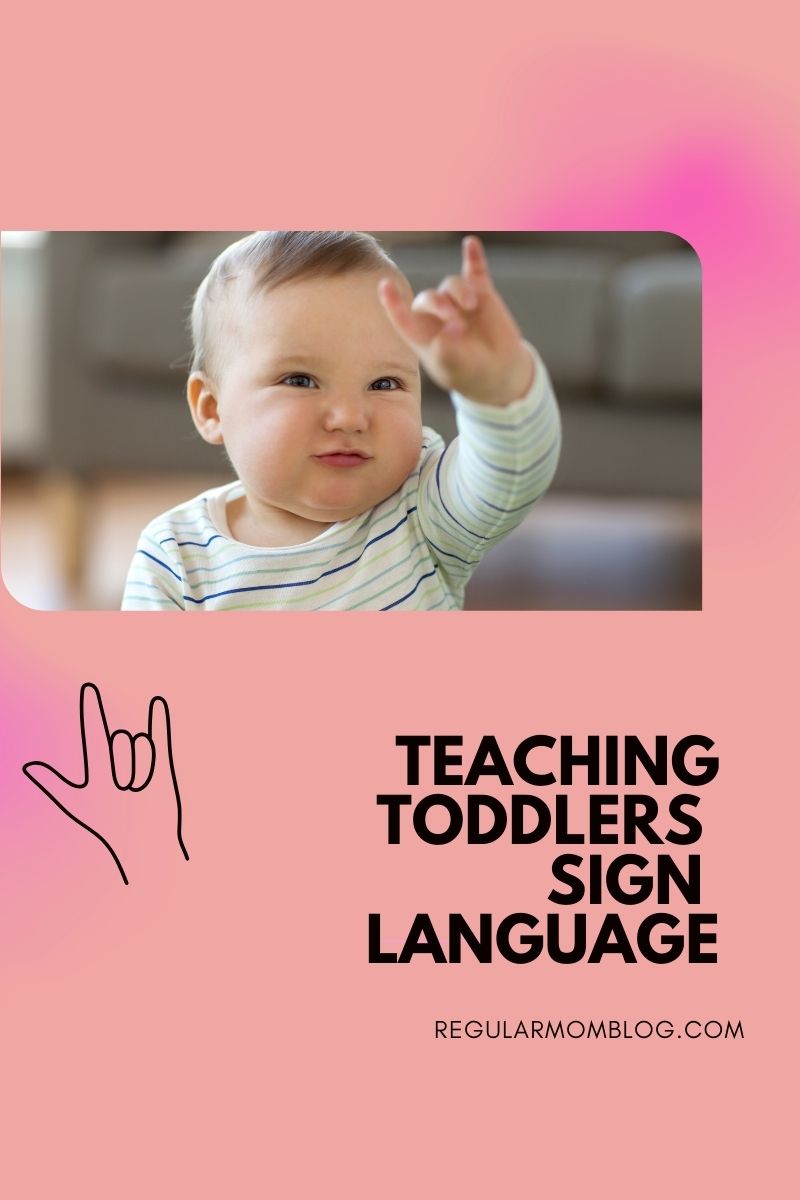advocacy
It’s time to get clear on a language strategy for your child so that you can consistently practice language in your home and watch your child’s communication soar in less time!
Welcome!
I want to show you how to build better language skills at home so you can also parent with clarity and confidence!
Categories
hearing loss
sensory activities
sign language
1:1 Language Coaching
These are the kinds of resources that you will find on my blog!
Happy reading!
Teaching Toddlers Sign Language
September 29, 2023
As a parent of a child with hearing loss, you may be struggling with the best way to help your little one communicate effectively. By teaching toddlers sign language you provide your child with an effective way to communicate their needs even if they lack verbal skills at the moment.

Did you know that sign language can be introduced at any age? Even newborn babies can be exposed to sign language!
Learning sign language is usually most effective during the ‘pre-verbal’ stage, around the age of six months. This is when babies really start to develop the language skills that they will carry with them for the rest of their lives!
Seeing the signs, hearing the words, and being encouraged to make the signs themselves can give your toddler a comprehensive communication toolkit.
Having these tools for communication will reduce frustration, enhance bonding with parents, and promote early literacy skills.
In this blog post, I’ll discuss how to teach your toddler sign language and the benefits of doing so.
Teaching Toddlers Sign Language
Teaching your toddler sign language can seem like a daunting task at first. With patience and consistent practice, it can become an enriching and rewarding experience.
This method of communication not only provides a viable means for your toddler to express their needs but also fosters a unique bond between you and your child.
It’s a journey of discovery that allows you to gain insight into your toddler’s world, and at the same time, equips them with a valuable life skill.
In the subsequent sections of this blog post, you will find practical tips and strategies to introduce sign language to your toddler effectively.
We’ll explore the benefits, dispel common myths, and provide a roadmap to help you navigate this exciting new chapter in your toddler’s developmental journey.
Start with basic signs
To get started on teaching your toddler sign language, it’s best to begin with basic signs that they can use in their everyday life.
For instance, you can start by introducing signs like “eat,” “drink,” “more,” and “thank you.”
These fundamental signs will empower your toddler to effectively communicate their basic needs.
To reinforce their understanding, you can pair the signs with spoken words, creating a comprehensive and multi-modal learning experience for your little one.
By incorporating sign language into their daily routine, you’re providing them with a valuable tool to express themselves and fostering their language development in a unique and engaging way.
Use books and games
Children have an innate love for learning, especially when it comes to play!
By utilizing books that specifically teach sign language, you can create an engaging and enjoyable experience for your toddler while introducing them to new signs.
 Baby Signing Time Episode 1: It’s Baby Signing Time
Baby Signing Time Episode 1: It’s Baby Signing Time Learn to Sign with Your Baby: 50 Essential ASL Signs to Help Your Child Communicate Their Needs, Wants, and Feelings
Learn to Sign with Your Baby: 50 Essential ASL Signs to Help Your Child Communicate Their Needs, Wants, and Feelings My First Book of Baby Signs: 40 Essential Signs to Learn and Practice
My First Book of Baby Signs: 40 Essential Signs to Learn and Practice Little Baby Bum – Boo Boo Song & More Nursery Rhymes in Sign Language
Little Baby Bum – Boo Boo Song & More Nursery Rhymes in Sign Language Baby Signing Time Episode 2: Here I Go
Baby Signing Time Episode 2: Here I Go Disney Baby: Baby Signs: First Words
Disney Baby: Baby Signs: First Words
Moreover, incorporating sign language into interactive games not only enhances their learning process but also aids in their ability to grasp and retain the signs more effectively.
This multi-sensory approach fosters a deeper understanding and connection with the language, nurturing their communication skills in a fun and interactive way.
Repetition is key
When teaching sign language to toddlers, it’s essential to be repetitive.
Toddlers respond well to repetition as it helps reinforce their learning and aids in memory retention.
By being consistent in your signing and repeating the signs frequently, you create a familiar and predictable environment for your toddler to pick up on and understand the signs more effectively.

This approach not only builds their sign language skills but also enhances their overall communication and cognitive development.
So, make repetition a key element in your teaching process and watch your toddler thrive in acquiring sign language proficiency.
Use facial expressions and body language
When teaching sign language, it is crucial to remember that your facial expressions and body language play a significant role in conveying meaning.
By using exaggerated facial expressions and body movements, you can effectively communicate the intended message to your toddler.
This extra emphasis helps your toddler understand the meaning behind each sign, making the learning process more engaging and enjoyable.
So, don’t be shy to express yourself through your face and body while teaching sign language to your little one!
Get support from your child’s therapist
A therapist who specializes in hearing loss can work closely with you and your child to develop a comprehensive sign language plan that caters to their specific needs.
Through personalized sessions, the speech therapist can guide you in establishing a consistent sign language style that is effective and easy for your child to learn from.
By incorporating additional details and individualized attention, the therapist aims to create a supportive environment that fosters your child’s language development and communication skills.

Teaching your toddler sign language is a thrilling experience that will benefit both you and your child.
It’s an effective way for your child to learn communication skills, and it’s also a special bonding experience for you and your little one.
By following our tips, you can help your toddler learn sign language faster and more effectively!
Don’t forget to sign up to Teach Your Kids to Sign!
more resources for sign language

tell me more!
tell me more!
@alemerinobranding.co
DESIGNED BY: ALE MERINO BRANDING CO.
COACHING
Navigation
PODCAST
ABOUT
HOME
Legal
PRIVACY POLICY
TERMS & CONDITIONS
Let's connect
EMAIL hello@raisingdeafkids.com
BLOG
[…] Teaching Toddlers to Sign […]